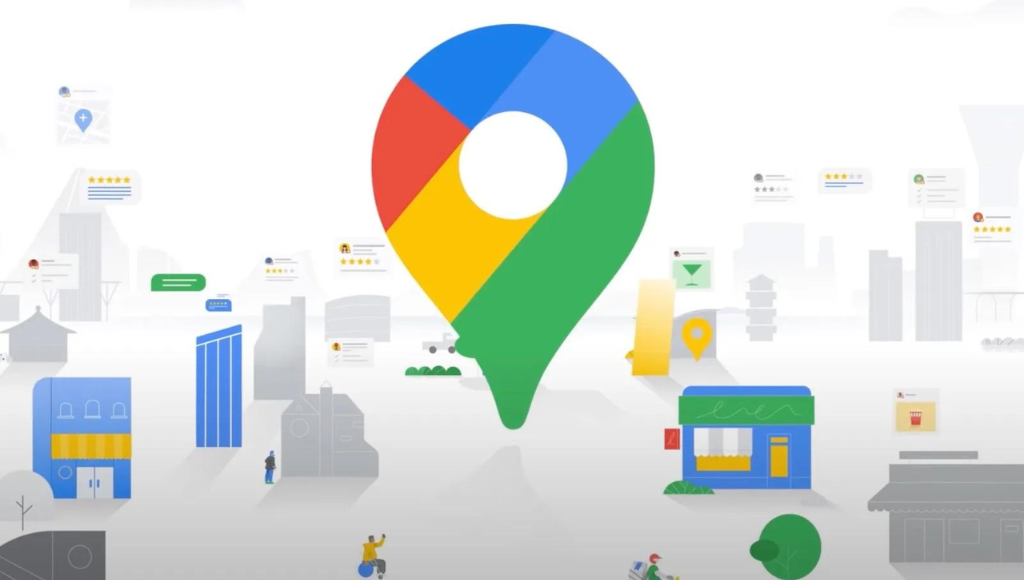Google is introducing a series of exciting updates to its Maps platform, featuring several AI-powered enhancements aimed at simplifying user interactions, exploration, and navigation. These updates encompass a variety of improvements, including streamlined search capabilities, navigation interface upgrades, enhanced support for electric vehicle (EV) drivers, and the expansion of previously announced features to a broader range of cities.
One of the standout improvements is the revamped Search feature in Maps, designed to make it easier for users to discover specific items and points of interest near their current location. For example, searching for something like “animal latte art” will yield photo results of relevant items. These results are generated through the analysis of photos shared by users on Google Maps, utilizing advanced AI and image recognition models. By presenting images, Google intends to facilitate the discovery of new places that offer the exact experiences users are seeking. If you come across an appealing image, you can click on it to access more details about the coffee shop that offers it and receive step-by-step navigation instructions.
This innovative search feature is initially rolling out in France, Germany, Japan, the U.K., and the U.S., with plans to expand its availability to more countries in the near future.
For those times when you have some free time and want to explore your surroundings but are unsure of what to do, Google Maps will soon provide better-organized search results for nearby attractions and activities. For instance, while in Tokyo, you can simply search for “things to do” to find suggestions such as “anime,” “cherry blossoms,” or “art exhibitions.” You can then tap on these suggestions to either navigate to the location or save them for later. This update is designed to help users find activities and dining options and will be rolled out globally on both Android and iOS platforms in the coming weeks.
Google is also enhancing the Maps navigation interface to provide a more realistic representation of your surroundings. This will include more accurate depictions of buildings to improve orientation when driving in urban areas. Additionally, you will have access to enhanced lane details on highways, which can be particularly useful when you need to make quick lane changes to reach your exit. These updates will be gradually introduced in 12 countries, including the U.S., Canada, France, and Germany, in the coming months.
For U.S. drivers, Maps will soon indicate the presence of High Occupancy Vehicle (HOV) lanes along their route, while in Europe, Google is expanding AI-powered speed limit information to cover 20 countries. These features will be available on Android, iOS, and vehicles with Google Built-in in the coming months.
Furthermore, electric vehicle (EV) drivers on Android and iOS will receive additional information about charging stations, including compatibility with their vehicle and the charging speed (fast, medium, or slow). Users can also check when a charger was last used to ensure its functionality and avoid the frustration of encountering broken chargers.
Google is also extending some of its current AI-powered features to more cities. “Immersive View for Routes,” which allows users to preview their journeys, whether driving or walking, is expanding to various cities, including Amsterdam, Barcelona, Dublin, Florence, Las Vegas, London, Los Angeles, Miami, New York, Paris, San Francisco, San Jose, Seattle, Tokyo, and Venice on both Android and iOS.
Finally, Google is introducing “Lens in Maps” (formerly known as Search with Live View) to more than 50 new cities, such as Austin, Las Vegas, Rome, São Paulo, and Taipei. This feature utilizes AI and augmented reality to help users understand their surroundings better. By lifting their phones, users can access information about nearby ATMs, transit stations, restaurants, and other points of interest, enhancing the overall mapping experience.






